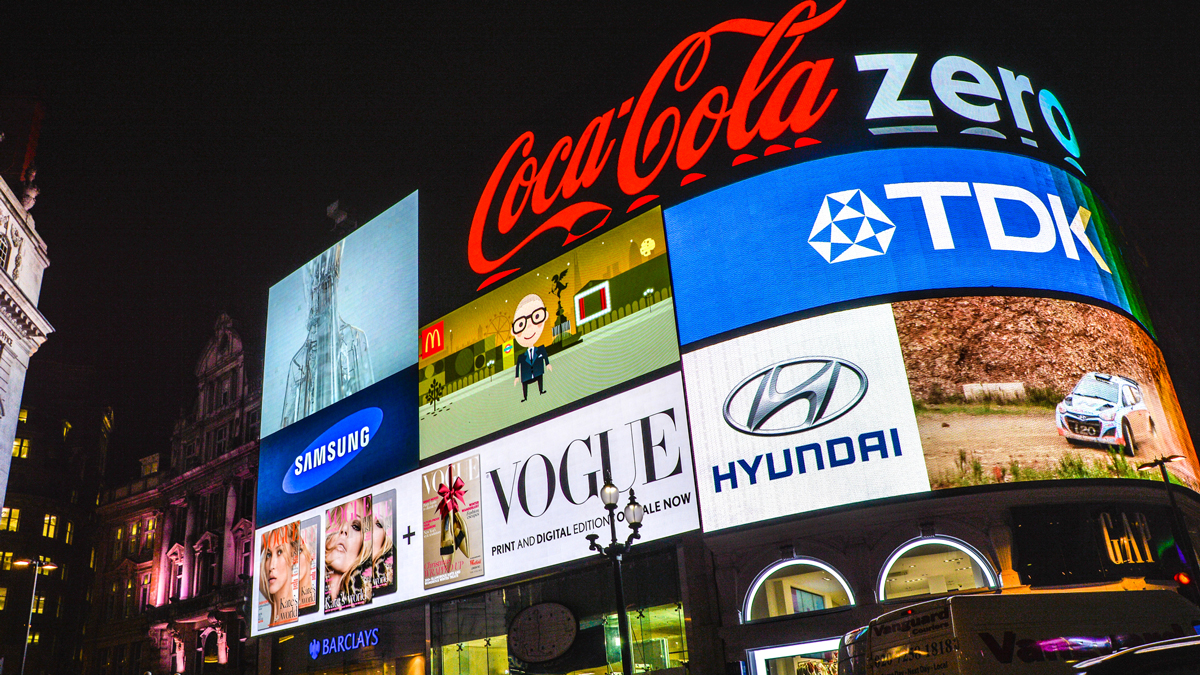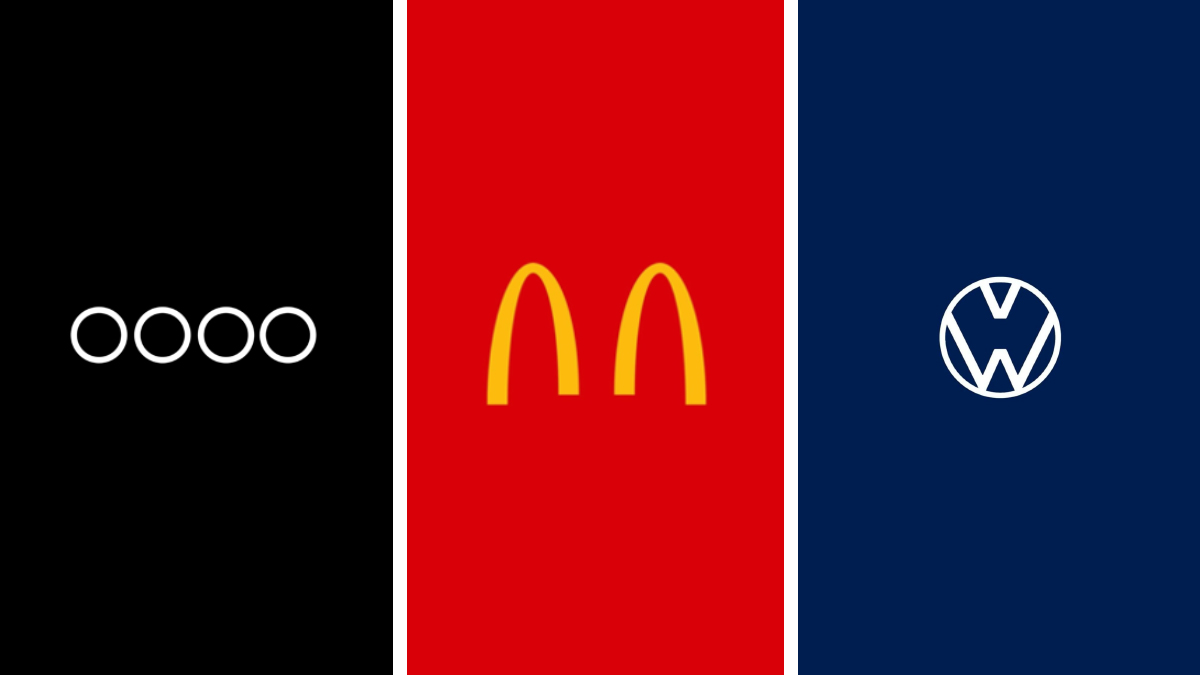Have you checked your brand’s temperature?

In today’s fast-paced world how do you make sure your brand messages resonate with your customers and, if they do, how can your brand become even more remarkable?
These questions have always been relevant for healthcare communications, but the new world in which we all find ourselves have made them particularly pertinent as our customers’ behaviour and needs changed.
Furthermore, the COVID-19 pandemic ensures an ongoing state of evolution. Many of the big changes created by the global pandemic have yet to be fully assessed, or even settled into their final shape, and those may still not happen soon.
As communicators, many areas of our business need to be rethought – starting with conferences, education and promotional activities.
In fact, branding itself will need to be revitalised, with new processes and techniques put in place to reframe our conversations and ensure that the messages we create are relevant and useful to our customers.
How healthy is your brand?
It all starts with a check-up. Brands too can get sick and lose their vitality, but there are various diseases to watch out for, and here are two of the most prominent.
The first is brand confusion, a typical disease whereby brands no longer have a remarkable image or are able to be distinguished from their competitors. This was seen during the first COVID-19 lockdowns: when people started talking about ‘social distancing’, too many brands responded by removing graphical elements of their logos to symbolise that distancing.
But look at the three logos below. Which one catches your eye the most? Which is more remarkable?

None of them stand out, and what is true for logos is also true for claims.
During the first wave of COVID-19, many companies started exploiting the same hashtags and their communications seemed like a line-up of the most popular online keywords.
Brand confusion, whether related to the visuals or the copy used, always has the same result: a weakening of the specificity, recognisability and memorability of the brand.
A second disease to watch out for is logorrhoea, better known in English slang as ‘verbal diarrhoea’. As in the case of dysentery, brand logorrhoea causes dehydration, cramps and general weakening, with the brand ending up withered as it moves slowly and clumsily across the media landscape.
The prime symptom of brand logorrhoea is an inability to describe oneself in a sentence.
Try it: if you are unable to describe in one sentence what your brand wants to do both in the market and in the world, you may have contracted logorrhoea.
Nursing brands back to health
The best treatment for these, and other common brand diseases, is what we would term ‘action copywriting’. It’s a validated neuromarketing approach that helps you choose the right words to activate the emotional engines of human behaviours.
It starts with identifying the brand action that we want our audience to take. What do we want our audience to do with us? Neither giving their money nor giving their likes on Facebook are of any use, because those actions express a superficial usefulness and make no real difference, here and now, to the brand or its customers.
Let's consider the example of the New York Public Library, whose director of digital media Richard Schnorr described in a single sentence his mission: to inspire people hooked on social media to read more.
In managing to describe his brand in a single sentence he avoided logorrhoea and laid the foundations for the InstaNovel, an innovative use of Instagram Stories of famous books. The action that the brand has extended to its public made a difference, here and now, for both the brand and its audience in a symmetrical way, expressing a profound usefulness that has activated an emotional and communicative pact between brands and people.
Confusion and logorrhoea are just two examples of brand sickness. There are many others and, like all pathologies, they are diagnosed and cured by starting with their symptoms.
This is how a brand’s health is maintained and enhanced and there are five fundamental reasons for taking its temperature:
- To achieve the brand’s full emotional potential
- To give value to the values of the brand
- To be noticed and remembered (like Seth Godin's Purple Cow)
- To attract those customers that are closest to you
- So customers understand and appreciate your value - instead of being afraid of your price.
Having a healthy brand means all of this. So, have you taken your brand’s temperature recently? Why not schedule a brand check-up now.
About the authors
 Elena Pirofalo is head of experience at Healthware International, curating the creation of transformational experiences for the healthcare industry. Since the beginning of her career in 2001, Elena has partnered with various stakeholders, such as patients, healthcare professionals and life-science companies, to create impact for modern marketing activities. She can be contacted via elena.pirofalo@healthwareinternational.com
Elena Pirofalo is head of experience at Healthware International, curating the creation of transformational experiences for the healthcare industry. Since the beginning of her career in 2001, Elena has partnered with various stakeholders, such as patients, healthcare professionals and life-science companies, to create impact for modern marketing activities. She can be contacted via elena.pirofalo@healthwareinternational.com

Paolo Guglielmoni is action copywriter and nerdist philosopher at RADS (Responsive Ads), a responsive network of talents that focuses on maximising brands’ creative and business performance. He also serves as contract professor of circular advertising at IULM in Milan and professor of fashion advertising at Milan’s Ferrari Fashion School. He can be contacted via paolo@r-ads.com











